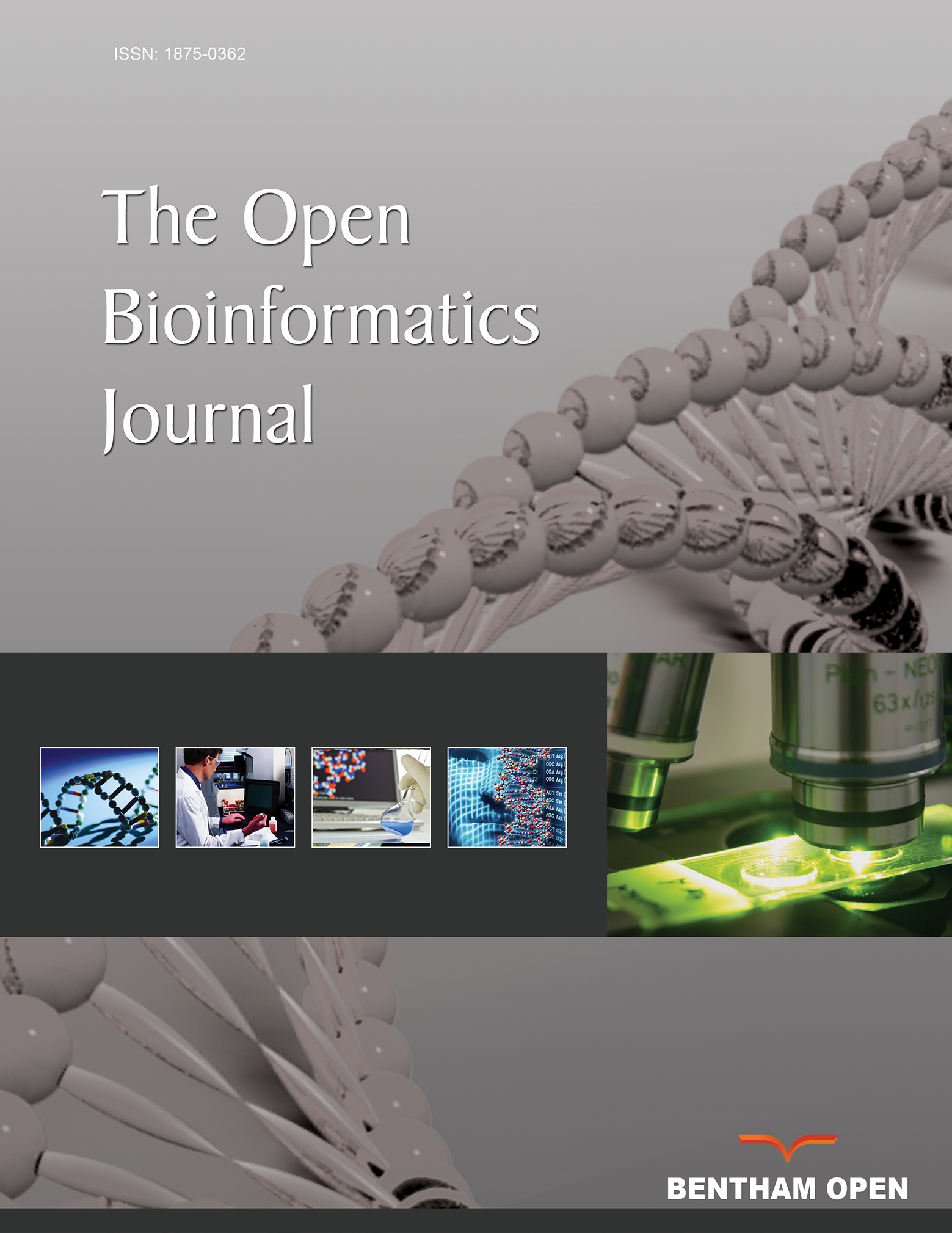All published articles of this journal are available on ScienceDirect.
Haplotype Classification Using Copy Number Variation and Principal Components Analysis
Abstract
Elaborate downstream methods are required to analyze large microarray data-sets. At times, where the end goal is to look for relationships between (or patterns within) different subgroups or even just individual samples, large data-sets must first be filtered using statistical thresholds in order to reduce their overall volume. As an example, in anthropological microarray studies, such ‘dimension reduction’ techniques are essential to elucidate any links between polymorphisms and phenotypes for given populations. In such large data-sets, a subset can first be taken to represent the larger data-set. For example, polling results taken during elections are used to infer the opinions of the population at large. However, what is the best and easiest method of capturing a sub-set of variation in a data-set that can represent the overall portrait of variation?
In this article, principal components analysis (PCA) is discussed in detail, including its history, the mathematics behind the process, and in which ways it can be applied to modern large-scale biological datasets. New methods of analysis using PCA are also suggested, with tentative results outlined.


